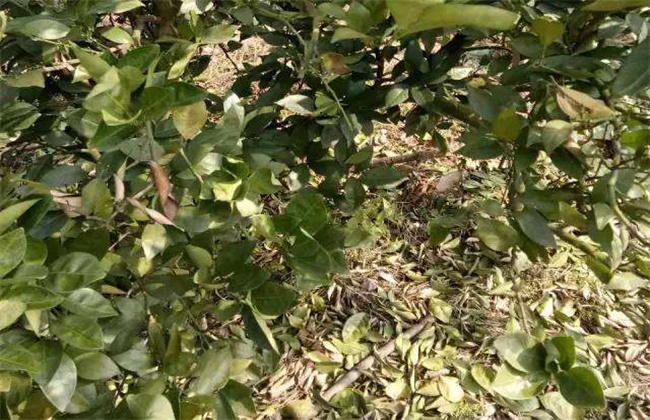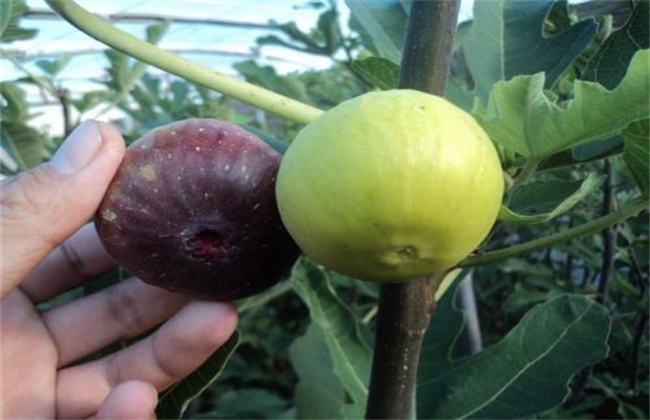Winter cutting technique of kiwifruit
Kiwifruit, also known as kiwifruit, is a kind of fruit welcomed by many people. There is also a large planting area in our country, so when planting kiwifruit, we should pay attention to pruning. It should be adjusted according to the changes of seasons, especially in winter, the winter shearing work is very important. So how to cut kiwifruit in winter? The following editor brings you the kiwifruit winter cutting technology, let's have a look!

1. Pruning with overgrown branches
When cutting kiwifruit in winter, the first thing we should do well is the pruning of long branches. For kiwifruit trees from the base of the trunk or the back of the strong erect branches, it is generally referred to as overgrown branches. If the branch is not managed in time, it can grow to about two meters at most. It is very disadvantageous to the development of bud eye, if there is no pruning, then at most three branches can germinate in the second year, causing the base to be empty. Therefore, we should cut off the long branches at the base in time, and if there is enough space, then we can keep about six buds for short cutting. Make it into a new branch and cultivate it, and the fruiting branch can be formed in the second year.
2. Empty branch pruning
Although some branches grow normally, they cannot bear fruit in the second year. These branches are called empty branches, and when pruning empty branches, they usually retain about three full buds for short cutting, so that they can form fruiting mother branches in the second year. For some sturdy long branches, light pruning should be carried out at a position of one meter. This pruning technique is called long-distance pruning. Long-term pruning can promote the formation of fruiting branches and improve the fruiting rate. Empty branch pruning can also ease the branch potential and promote the formation of fruiting branch group as soon as possible.
3. Pruning the fruiting mother branch
The production performance of kiwifruit is very strong, and the fruiting branches can basically bear fruit every year. As long as it has reached the fruiting age, most of the fruiting branches can basically form mixed buds, regardless of whether there is a fruit or not. Then it becomes the fruiting mother branch in the second year, and for the pruning of the fruiting mother branch, we should control the pruning degree according to the growth of the branch and the amount of buds. For the futile fruiting branch, about 4 buds should be retained in the fruiting position, while 3 buds should be retained in the middle fruit branch, and finally 1-2 buds should be retained in the short fruit branch, or not pruned.
4. Renewal and pruning of branches
For the fruiting mother branches that have grown continuously for more than two years or are gradually aging, we should renew and prune them in time. In the node of the mother branch, the fruiting mother branch with strong growth should be retracted to the robust main branch for short cutting in time, so as to avoid the extroversion of the fruit position. If the fruiting mother branch is weak or the branch growth is too high, the above part should be cut off starting from the position of the latent bud at the base. Keeping a distance of about three centimeters in the bud eye can promote the germination of new branches and vines, mainly according to the location of aging.
The above is a brief introduction of kiwifruit winter shearing technology. That's all for today's introduction. This article is for reference only. I hope it can be helpful to everyone.
Related
- Moge, come on! The staff of the peasant association in the producing area of cantaloupe were frightened when the crowd gathered.
- Causes and Solutions of low Fruit setting rate of Apple
- Symptoms and control measures of passion fruit virus disease
- Fruit growing lesson: how do apple orchards keep high yields?
- Can you build orchards in the mountains? What are the pros and cons?
- How to manage the coloring period of Crisson grape?
- This paper introduces the processing technology of two kinds of fig products.
- How much is a month for retired teachers in rural areas by 2020?
- How can strawberry planting increase sugar content? We should pay attention to management in many aspects.
- What are the cultivation techniques on how to improve the yield of golden fruit?



